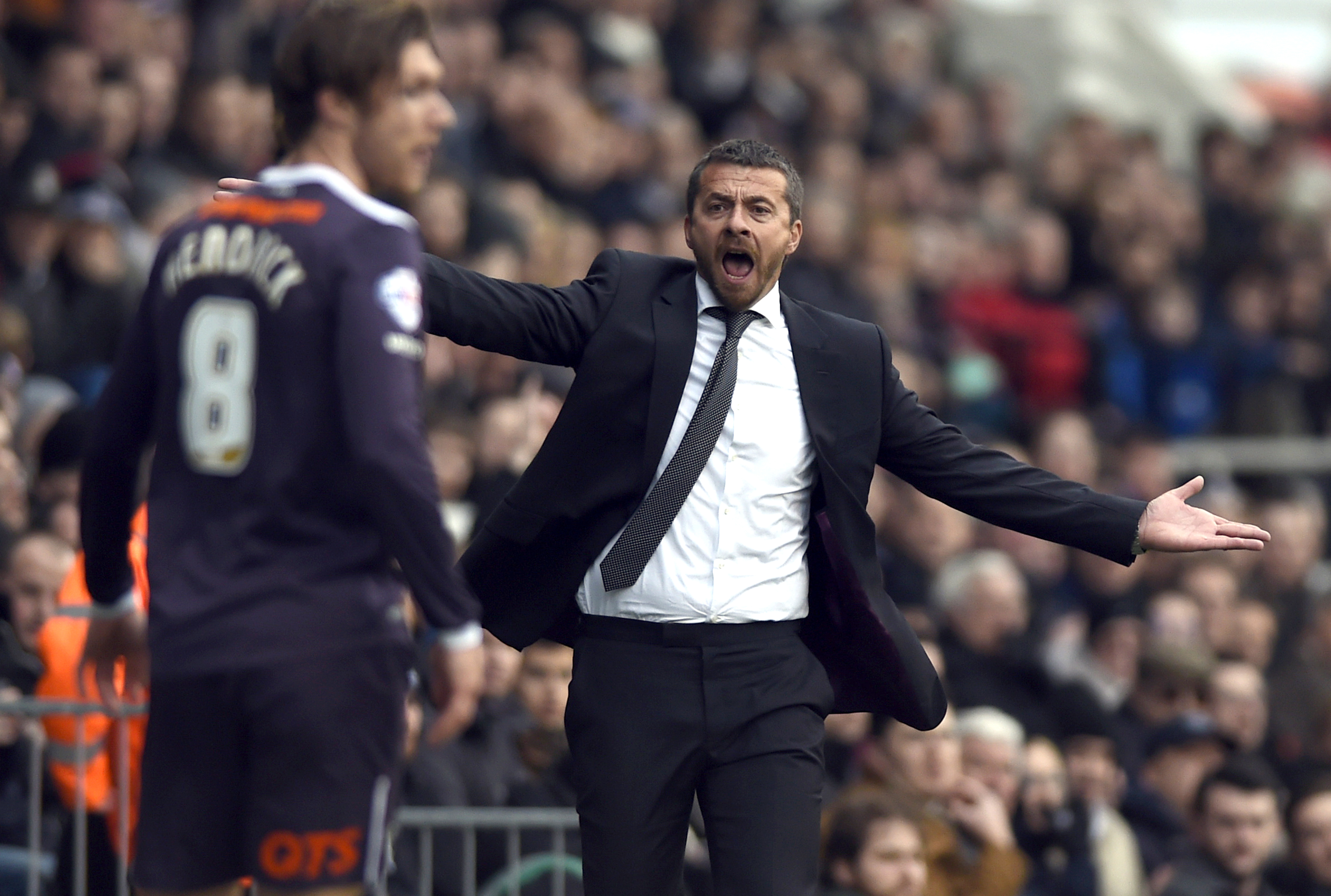Whatever happens, the 2017-18 season will be regarded as one of the most amazing in Fulham’s history. And I say that as someone who has been supporting the club since 1948!
In 1910, my maternal grandparents married and moved to Biscay Road in Fulham. My grandfather William Lusher, from Swaffham (Norfolk), was already familiar with the area. By the turn of the century two of his sisters had found accommodation in Fulham Palace Road and his cousin Arthur Lusher was playing for Fulham’s reserve team. I do not know precisely when William became a supporter but he was full of indignation in 1907 when Chelsea tried to prevent Fulham from joining the Football League.
My grandparents were regulars at the Cottage but a postman’s wages did not go far. When prices went up my grandmother Catherine stopped going. William introduced my mother and my uncle Ted to the club as children and they inherited his enthusiasm. My father, coming from South Wales in the late 1920s, became so keen that he was one of the founding committee of the Supporters Club.
I imagine that William was the only regular supporter during the Second World War. My mother, sister and I moved to Oxfordshire, Ted was serving overseas and my father was increasingly involved in national politics, with very few free weekends. My grandfather died in 1944 soon after we returned to the area.
Although my family lived in a rented house in Ellerby Street – very close to Craven Cottage – I don’t recall anyone going to a match until 1948 or even mentioning the club until February of that year when as an eight-year-old I watched people streaming away from an FA Cup match between Fulham and Blackpool. From their expressions it was difficult to guess the result. I suppose the fans were disappointed that Fulham had lost a quarter-final but heartened by the team’s display against a leading club from the top tier.
My sister Gwyneth had left school and was keen to be a local journalist and that is probably why one Saturday in March or April my parents took us to a reserve match at the Cottage. Up until then I had no interest in sport but I was instantly enthralled, especially by goalkeeper Doug Flack in his green jersey. My sister, ten years my senior, was embarrassed because I had brought a rattle to a reserve fixture. (Apparently these red and blue rattles were war surplus.)
Soon afterwards, I saw my first League match Fulham v Millwall on the 17 April 1948. How is that for a coincidence? The Whites visit the New Den on Friday the 20 April 2018.
The official programme in those days was a flimsy eight-page leaflet with little beyond the team line-ups, sparse details about the opposition and a quiz. Only the front page contained any news, written in a quaint style: “Last Monday we had the honour of entertaining Edgware Town... At the second time of asking we proved victorious... A pleasing incident took place after the match here last Saturday. The players were presented with a parcel of socks knitted by one of our oldest supporters.”
Three sides of the ground were open terraces. The only covered accommodation was the Stevenage Road (now Johnny Haynes) Stand. The directors, the press and those who held top price tickets enjoyed the luxury of tip-up seats. The other sections of the grandstand had continuous benches with no support for arms and back, and precious little comfort, though you could rent a solid cushion. Sometimes the row seemed particularly cramped, indicating that an extra person had sneaked on. Visiting supporters were not segregated so there was a frequent exchange of insults but rarely any trouble.
Apart from the admission price and the programme, spectators had little to spend money on. The refreshment bars sold mainly hot drinks like tea and Bovril (it was allegedly hard to tell one from the other) and sometimes there were choc ices on sale. The open fridge was so primitive that if I touched the inside wall I could get an impressive burn from the dry ice.
There were no replica kits and no club shop either. Black and white scarves were often hand-knitted. My sister and I joined the supporters’ club and proudly wore its enamel badge. In addition to arranging travel to away games the FSC laid on regular social events and the variety shows featuring two singer-comediennes – the gorgeous Barbara Wright and my sister Gwyneth (who was good-looking too, but I did not appreciate it at the time).
Craven Cottage also had live music on match days, sometimes the Fulham Band, a venerable institution that thankfully survives to this day, but more often an organist playing current pop songs. I could never fathom where he was located. Certainly he could not see the pitch as his half time recitals sometimes continued after the match had resumed. The ground had a basic but effective public address system, more pleasing to the ear than its modern counterpart, but it was little used apart from team changes and a very limited selection of 78rpm shellac discs.
With no mobile phones spectators relied on the club for the half time scores at other grounds. Someone in the office would phone a news service, jot down the numbers and hurry them to the two scoreboards.
Back in April 1948, Fulham had not won a League match at home since the start of January, and the programme for the Millwall game promised that new players would be signed even if it meant providing them with houses. Apparently supporters had been bombarding the club with their opinions and suggestions ‘some helpful, some harmful and others spiteful’. Sounds familiar.
A number of the players had served in the forces during the War. Whatever they lacked in fitness or finesse they made up for in courage. It is hard to imagine any of them feigning injury. Referees had no red and yellow cards and rarely sent players off. In any case this particular match was remarkably free from rancour. When Fulham’s Pat Beasley ‘heavily but fairly’ flattened his opponent George Fisher, the Millwall player struggled to his feet and shook Beasley’s hand. (George later joined Fulham but Beasley had left by then.)
The match was momentous for me, but nothing special for the reporters. The only goal came when full back Joe Bacuzzi took the ball up the left-wing and centred to centre forward Doug McGibbon, who wrong-footed the defenders by a clever feint and left the striker Bob Thomas with a tap-in.
This 1-0 victory was summed up as an end of season canter but it started me on my long affiliation with the Black and Whites.
The views expressed in this blog are those of the author and unless specifically stated are not necessarily those of Hammersmith & Fulham Council.

